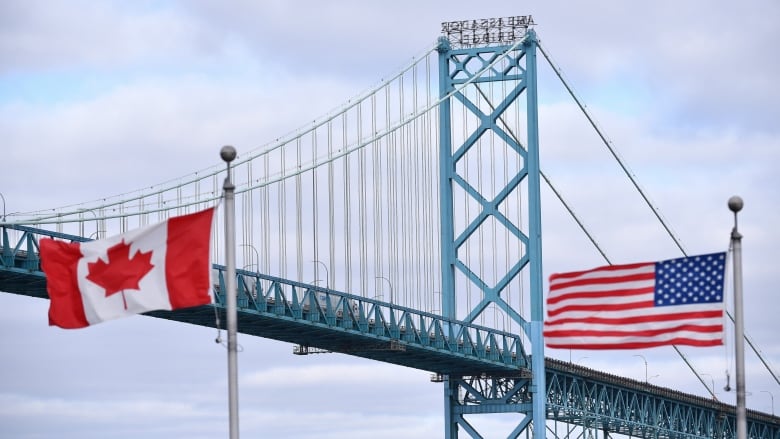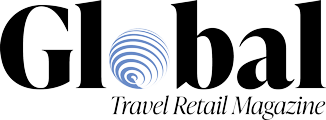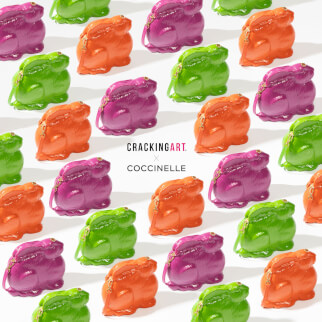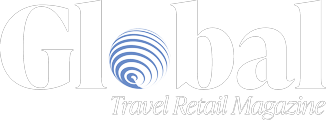Foreign policy expert reveals expectations of re-opening CAN-US border

Aaron Ettinger, Assistant Professor, Department of Political Science at Carleton University, says we’re still at least several months away from reaching “the next new normal” (Rob Gurdebeke, The Canadian Press)
Referencing his field of study and work, Aaron Ettinger, Assistant Professor, Department of Political Science at Carleton University, says international relations and foreign policy are “the greatest show on Earth.” The terrorist attacks on September 11, 2001, which caused a global ripple effect, turned his childhood fascination of maps, globes, war movies and news stories into a personal and professional interest.
After establishing a multi-dimensional view of the world and earning a doctorate degree in political science at Queen’s University, Ettinger went on to teach at several universities across Canada – including a full circle stop at Queen’s. “My responsibility as a professor of international relations is to help make the world outside the classroom make sense to the students inside the classroom and encourage them to think about politics in a systematic way,” he states.
When asked to describe the Canada-United States cross-border political relationship pre-COVID-19, Ettinger replies, “boring, but in a good way.” He notes that it’s in the best interest of both countries to manage cross-border interaction in a civilized manner. Although Canada and the US have successfully accomplished maintaining this relationship, the two countries have different views of the most important aspects to manage. Since the events of 9/11, the United States has deemed security as its top priority. Comparably, with approximately 75% of its total exports crossing the border into the US, access to the American market is a main concern of Canada. The foreign policy expert points out that every time the US starts to question border security, this strongly threatens the economic wellbeing of Canada.
Key indicators to re-opening the border
Leading up to re-opening the border, Ettinger expects to observe four key indicators:
- The new daily COVID-19 case rate on both sides of the border would need to significantly decrease and remain level
- The rate of full vaccination in Canada would need to significantly increase; to date, approximately 3% of Canadians are fully vaccinated and 45% are partially vaccinated
- Public opinion on both sides of the border would need to support re-opening the border
- Political leaders on both sides of the border would need to accept the risk of re-opening the border
According to Ettinger, Canadian politicians are nowhere near ready to broach the subject. While he is hesitant to use the word “prediction,” Ettinger believes that we’re at least several months away from reaching “the next new normal.” Considering the slow rollout of full vaccination in Canada, public opinion continues to be overwhelmingly supportive of border restrictions and closures. “What we’re aiming for at this point is vaccination rates that allow us to manage the ongoing existence of this disease in the same way we do measles and variations of the flu,” he states.
Ettinger says the topic of “exponential decay” indicates that at a certain vaccination threshold, the new daily case rate begins to suddenly decline. However, ongoing media coverage suggests many countries won’t reach herd immunity, largely because not enough people are becoming sick or vaccinated in order to develop the necessary antibodies to neutralize the virus.
Priming the public & sharing excess supply
Responding to a question about establishing a safe and effective approach to re-opening the border, Ettinger breaks down the private “behind-the-scenes” and public “on the stage” view. He comments that residents of both countries need to experience political leaders using cues and priming the public for re-opening in order to shift our collective headspace.
“The type of cross-border interaction required of Canada and the US to get on the same page and safely re-open the border would need to be technocratic and based on the meticulous planning of procedures. This is how the bi-lateral relationship between these neighboring countries of massively different sizes and with an extremely large border functions in a coherent way,” he explains.
Ettinger goes on to say it’s possible that because of Canada’s dependence on the United States for vaccine supply and the flattening of the US vaccination rate, we might see the US providing assistance and shipping excess supply to Canada in the near future. As he notes, this is already the case in Alberta, where the province’s southern neighbors have started to offer the vaccine to Canadian truck drivers. The executing of international diplomacy by sub-state units such as provinces, territories and states is a great quirk of this North American relationship, says the professor.
Proof of vaccination
Deeming that a travel bubble between Canada and the US would be difficult to enforce because of the size of the border, Ettinger believes that a vaccination passport system is a likely option. While proof of vaccination is a standard essential of international travel, it’s a foreign concept in Canada-US relations.
Last week, Prime Minister Trudeau said he would align a vaccination passport system with international allies. Although this could be an effective way to prevent further spread of the virus once it’s under control, Ettinger states that a passport system poses a number of equity, privacy, mechanical and bureaucratic issues. The province of Ontario has started discussing the potential issuing of certificates to those who are fully vaccinated, but still hasn’t answered what this would look like or how it would translate into a cross-border exchange. As reported by The Canadian Press, during Prime Minister Trudeau’s latest address, he states three-quarters of Canadians will need to be vaccinated before re-opening the border.
Since international documents are a federal responsibility, Ettinger explains that the passport system would probably take shape as a federal program. However, since this would present a considerable policy issue, he could also imagine a situation where Americans agree to accept provincial documents – similar to the early 2000s, when travelers could cross the border by land with a birth certificate. If implemented, this might work for the United States, but not other international allies of Canada. Either way, Ettinger doesn’t expect mass sharing of vaccination records between the two countries.
“I would not be surprised if proof of vaccination became a necessary component of cross-border travel for the next couple of years – in the same way that passports have become a requirement of Canadian international travelers. It would just become one more feature of a thickened border and one more thing on your checklist as you pack your bag and head for the border,” he says.
According to Ettinger, the bottom line is what’s likely to happen in a general sense is what’s been happening for more than 150 years: a constant series of muddling through and figuring out as we go along. “Forward planning is important, but everything about the Canada-US border has been a work-in-progress over the last century and a half,” he concludes.










